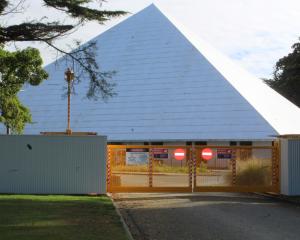The milk powder contamination threat does not appear to have had an effect on the Department of Conservation's 1080 poisoning programme in the South, although there have been delays put down to weather and technical problems.
The anonymous threatening letters were received by Federated Farmers and Fonterra last November, on a date yet to be revealed, but in an envelope believed to be postmarked late November.
By November, Doc had already completed its 1080 poisoning programme on 20,000ha of land in the Dart, Routeburn and Caples Valleys.
On November 7, Doc went ahead with its pre-feed in the Matukituki Valley of Mt Aspiring National Park, near Wanaka.
And while there were several postponements to the drop of poisoned bait, put down to bad weather, it was completed, across 7090ha of land, on December 2.
As well that month, on November 23, poisoned bait was spread over 10,000ha of the Catlins Maclennan Forest.
But the biggest programme in Otago, covering more than 33,016ha around Makarora, has not gone as smoothly.
On November 29, the Otago Daily Times reported it had been postponed until this year.
Dates of January 26, then January 28 were considered for the pre-feed with the toxic drop in the ''first suitable weather window'' from February 14.
Staff and helicopters were in place on February 20 but the drop was called off.
Doc explained there was an ''unforeseen delay in starting the operation'' related to problems with the GPS plotting of the flight paths.
Shortly afterwards, Wanaka conservation services manager Chris Sydney, who was in charge of the Makarora programme, went on leave.
It was unclear last night whether he had yet returned to work and when the programme would resume.










